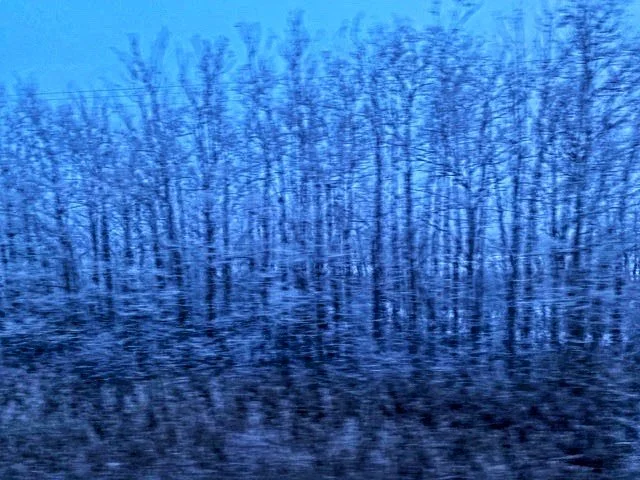The Silent Shiver: Snow in Gothic Lit
Snow in Gothic literature is more than a backdrop; it’s a character—quiet, beautiful, and terrifying. Sublime. Isolation, desolation. Examples abound:
In Jack London’s “To Build a Fire,” the Alaskan snowscape becomes a brutal force, challenging the protagonist’s survival, highlighting the indifference of nature to human struggle.
In Emily Brontë’s Wuthering Heights, a snowstorm strands the narrator at a remote moorland mansion. This isolates him physically and sets the stage for tales about haunting family histories and supernatural occurrences.
Snow’s oppressive presence can also cause psychological unraveling. In Stephen King’s The Shining, the Overlook Hotel becomes snowbound, intensifying the protagonist’s descent into madness.
In Dan Simmons’ The Terror, the icy landscape is not just a setting; it’s an ever-present force that destroys the crew's sanity and humanity.
In Eowyn Ivey’s The Snow Child, set in 1920s Alaska, the snow-covered landscape mirrors emotional barrenness and the longing for a child. The arrival of a mysterious girl in the snow brings hope into the characters’ lives, with snow serving as a constant, silent witness to their intense journey.
In Hans Christian Andersen’s The Snow Queen, the main character’s icy realm represents a place of emotional coldness and detachment. A journey through snow-covered landscapes becomes a transformative quest, symbolizing the struggle to overcome emotional numbness and rediscover warmth and love.
In Japanese folklore, the Yuki-onna, or “snow woman,” is a spectral figure who appears during snowstorms, leading travelers to their doom. Her presence embodies the deadly beauty of snow and the dangers hidden beneath its serene surface.
In Shirley Jackson’s Hangsaman, snow on a college campus mirrors the protagonist’s descent into psychological isolation.
In Michelle Paver’s Dark Matter, a man alone in the Arctic begins to see (or hallucinate) something haunting the frozen landscape.
In Sarah Moss’s Cold Earth, characters unravel at an archaeological dig in Greenland as paranoia and cold set in.
Robert Wise’s 1963 film The Haunting uses the creeping cold of Hill House as part of its assault on the mind.
Guillermo del Toro’s Crimson Peak paints the snow red. Cold beauty is never neutral in these stories—it has an agenda.
In Mademoiselle Frankenstein, snow plays a pivotal role in the Creature’s “birth” and the story’s climax, set in the desolate expanse of the Northern Pole. Snow and the frozen sea become a physical barrier and a symbol of the characters’ internal struggles. The silence of the snow-covered landscape amplifies the tension, as isolation and the unforgiving environment force confrontations with inner demons and the consequences of past actions.
Snow—beauty or terror?

